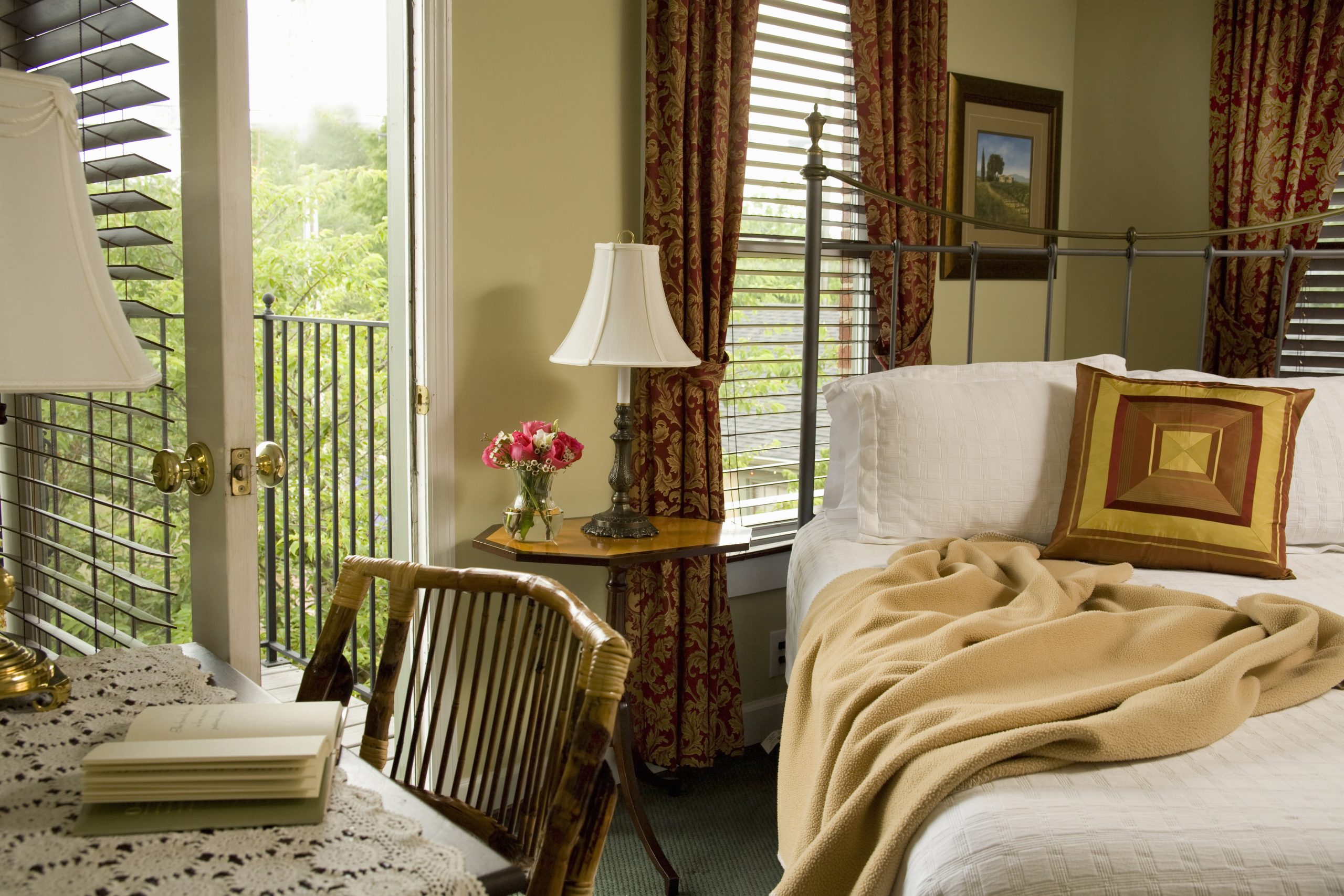Jason Goodwin on why we all need 'a breath of fresh air'
Victorian received wisdom that fresh air is good for you turned out to be true, says Jason Goodwin.

It was the custom, in my dim and distant childhood, for adult relatives to pinch me enthusiastically before we were introduced to strangers. ‘Put some colour into your cheeks,’ they’d say, before leaning back to consider the results. ‘That’s better.’
Of course, they were quite right. No one much wants to meet the sallow, drooping Colin. Everyone wants Dickon, ruddy, glowing and with perhaps a plover’s nest concealed under his jumper.
They were right about lots of things, such as butter and eggs and cod-liver oil, which all turn out to be as good for you, as they said they were, if not better.
My grandmother and, I daresay, yours, was the full Joyce Grenfell when it came to fresh air and health. Her inner gym mistress came out when she entered a room and pronounced herself in favour of what she called ‘a good dose of fresh air’.
We were sent to sleep with a window open, for fresh air. We went for a walk after Sunday lunch, to get some fresh air. A terrible thing you could say about people, or their houses, was that they were stuffy, but any pleasant change she called ‘a breath of fresh air’.
'No one wants to meet sallow Colin. Everyone wants ruddy, glowing Dickon'
The Victorians may have swaddled piano legs and smothered salons in potted plants, but they were clear that clean air and good health were linked. They cleaved to the miasma theory of disease. Pestilential vapours, replete with noxious and deleterious germs, poisoned the air.
Cholera and diphtheria, they thought, were airborne sicknesses. Plague could come on the wind. When, in 1858, Parliament was assailed by the Great Stink of sewage rotting in the Thames, it wasn’t the smell, but the danger that prodded the MPs into action, so London’s sewers were built. The percolation of cholera into smarter parts of the city was thereby averted.
Exquisite houses, the beauty of Nature, and how to get the most from your life, straight to your inbox.
Florence Nightingale was the Victorian fresh-air champion. She crunched the data to discover that 10 of her soldiers died of infection for every one who died of wounds. In 1859, she advocated the ‘Nightingale’ pavilions, with the beds ranged on both sides of a room fitted with enormous windows for persistent cross-ventilation. The thing was to keep air moving.
Much of the cost of building the new Palace of Westminster in the 1840s was for fresh air. The Central Tower was devoted to ventilation; vents, ducts and fans took up a quarter of the palace’s space.
The Continental convention is for close-fitting casement windows and tightly sealed stoves, to build up a fug in the long winters, but fresh air is built into the fabric of our island story. We have sash windows that admit a draught and open fires, which depend on the draught for air, but, over the years, voices such as my grandmother’s have been allowed to fade away.
Pestilential vapours were wraiths of the imagination. Cholera is a waterborne disease. Serious airborne sicknesses, including TB and measles, are vaccinated away and antibiotics zap the diseases our great-grandmothers so feared, so people have stopped insisting on fresh air. Or insisting, at least, on fresh fresh air.
Offices, cars, trains and even homes are shrink-wrapped, air fed into them in regulated amounts. Try flinging open a window in the office or on a train. Try simply finding a window in a modern hospital, where patients wait for treatment in strip-lit bunkers. Yet we are emerging from a pandemic driven, we discover, by airborne germs. We are, as Granny said, in need of a dose of fresh air.

Credit: Getty Images
Jason Goodwin: 'My friend was puzzled to discover me up a stepladder, cradling my airgun and scanning vegetable beds'
Jason Goodwin takes on the rats, and loses.

Credit: Getty Images/Collection Mix: Sub
Jason Goodwin: 'I suspect the Church of England views parish churches as a burden and a nuisance'
Our columnist Jason Goodwin fears that the Archbishop of Canterbury 'may possibly think too much of his own gifts and

Jason Goodwin: The portrait of my mother I never knew existed, and how it came to me 62 years after it was painted
A chance encounter united our columnist Jason Goodwin with a portrait of his mother that he never knew existed.